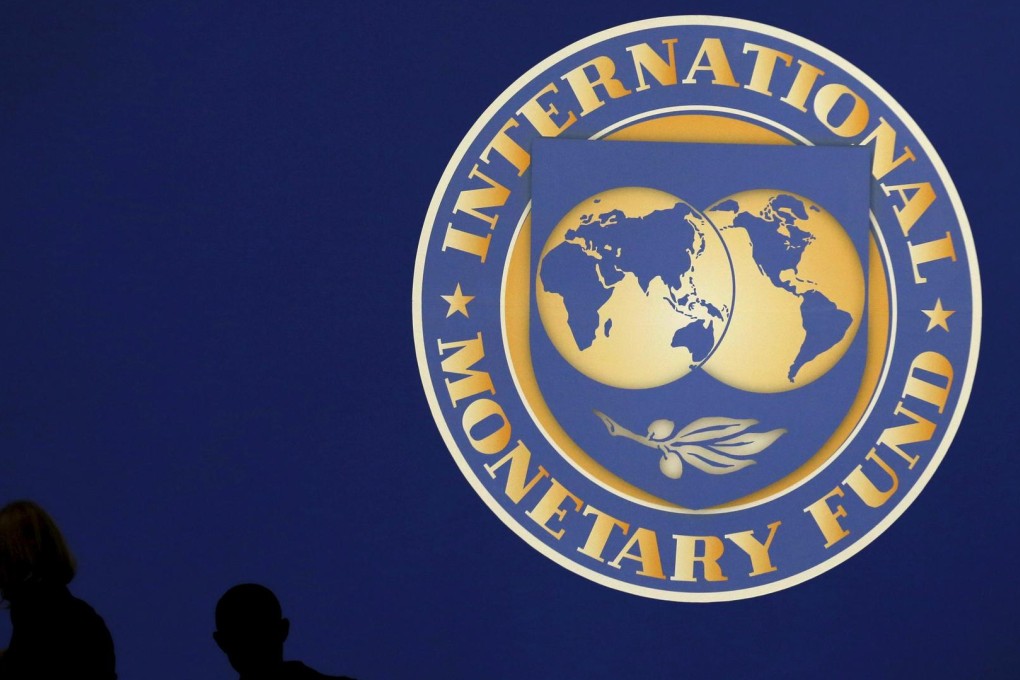New | The rise of the renminbi: how adding China's yuan to IMF's SDR basket will spur the currency towards further reform
Efforts for the yuan to be added to IMF basket has helped push it towards further liberalisation

The yuan's rising global importance - as seen in the International Monetary Fund's expected decision last night to add the renminbi to its basket of lending reserves - marks a milestone in China's push to internationalise its currency.
The move for the yuan to join the Special Drawing Rights basket, if approved, would make China the first developing country to join the group, which comprises the US dollar, euro, pound sterling and Japanese yen.
It would also serve to dispel critics' doubts of China's will to implement the financial reforms it needs to support long-term economic growth.
READ MORE: Six key things to know about the vote on China’s yuan joining the IMF basket of currencies
While any direct impact may not be immediately visible, the IMF decision will push the government to continue helping its yuan capital market mature - with more diversified products and active market transactions both onshore and off.
"Efforts for the yuan to be included in the SDR have become an irreversible push towards financial liberalisation, which will have a profound impact on China's economy," leading brokerage China International Capital Corporation (CICC) said, comparing the move with China's entry into the World Trade Organisation in 2001, which resulted in further reforms to better integrate with the world economy.
Huang Yiping, Peking University economist and central bank monetary policy adviser, said: "The [reform] direction is very clear, [that is, towards] a more flexible yuan and market-driven interest rates, further opening up of the capital account and greater global use of the yuan."
The IMF in August said it expected the changes to how China was managing its currency to bring the yuan exchange rate "quite close to a float" in two to three years. This came after the central bank, the People's Bank of China, made its yuan-fixing system more market-driven.